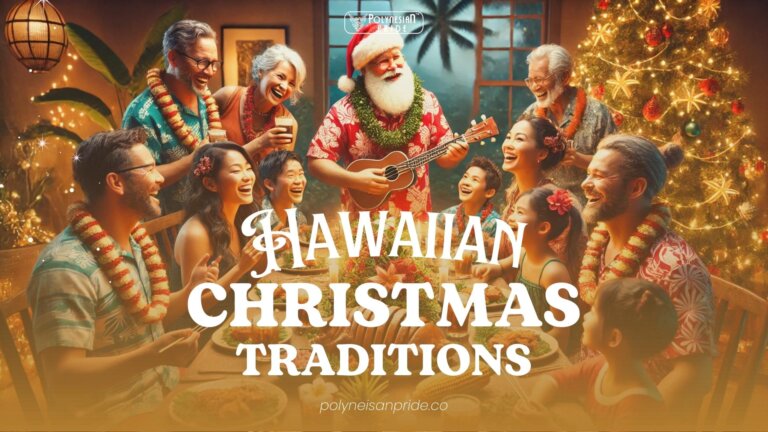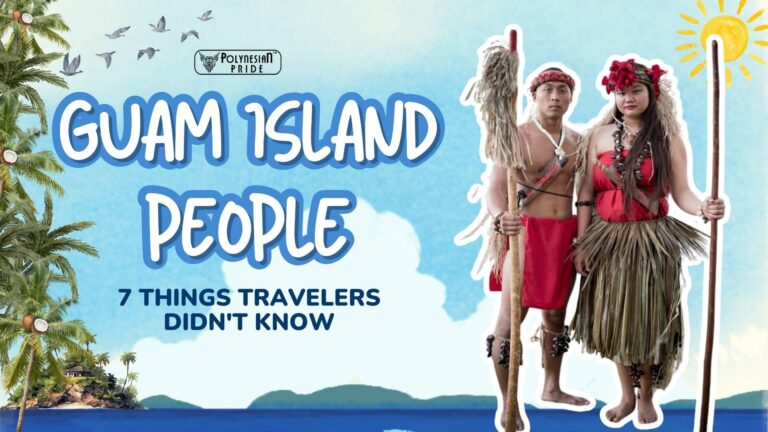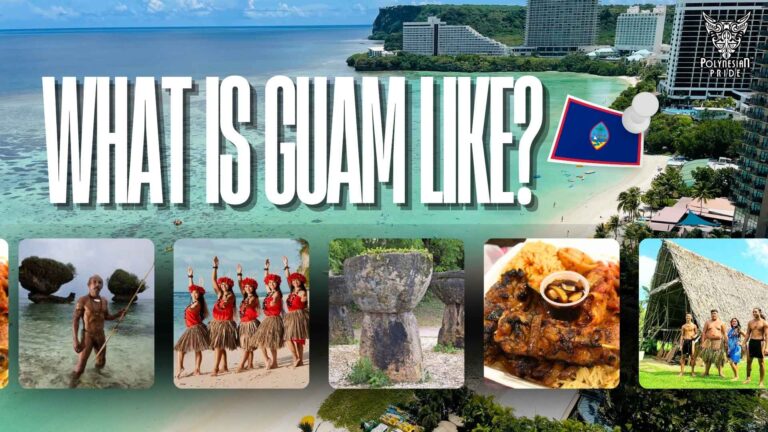Tonga Language: Exploring the Richness of Tongan Linguistics

I. Introduction
The Tonga Language, known locally as “lea fakatonga” is a vital part of the cultural fabric of Tonga, a Polynesian Kingdom in the South Pacific. With its unique phonetic system, rich oral traditions, and deep historical roots, the Tongan language is a testament to the diversity and complexity of human communication. Understanding and appreciating the Tongan language offers insights into the Tongan way of life, heritage, and worldview.
In this article, we will delve into the Tongan language’s intricacies, its historical background, linguistic characteristics, pronunciation nuances, common words and phrases, and its profound connection to Tongan culture.
II. Historical Background of the Tonga Language

A. Origins and Evolution of Tongan Language
The Tongan language traces its roots back to the ancestral Polynesian language spoken by the seafaring ancestors of modern Polynesian peoples.
As these intrepid voyagers explored and settled across the vast Pacific Ocean, the Tongan language diversified into distinct dialects and languages. Like Niueans and Samoans, Tongans and their closest relatives evolved from this shared ancestral tongue.
B. Influence of Tongan Migrations
The Tonga Language has been shaped by its speakers’ migration patterns. As the Tongan people navigated the Pacific islands, they encountered and assimilated words and linguistic features from other cultures, enriching their language’s lexical and grammatical diversity.
C. Written Tradition and Language Preservation
While Tongan has a rich oral tradition, developing a written form was crucial in preserving and standardizing the language. In the early 19th century, Christian missionaries introduced the Latin script, which was adapted to represent Tongan’s unique sounds and orthography. This written tradition has contributed significantly to the language’s continuity and preservation.
III. Characteristics of Tonga Language
A. Phonology

The Tonga Language is known for its distinctive phonological features. It includes five vowels (a, e, i, o, u) and a limited set of consonants. Each vowel can be either short or long, which can change the meaning of words, making vowel length a critical feature in pronunciation. One notable aspect of Tongan phonology is the glottal stop, a consonant sound produced by briefly closing the vocal cords.
B. Grammar

Tonga Language grammar follows the typical Polynesian language pattern with a verb-subject-object (VSO) word order, which differs from English’s more familiar Subject-Verb-Object (SVO) structure. Verbs in Tongan do not conjugate for tense; instead, tense is indicated by particles placed before the verb. Tongan also exhibits a rich system of honorifics and specialized registers to address individuals of different social ranks.
C. Writing System

The Tonga Language script has undergone significant evolution. Initially, Tongan was an oral language with no written form. European missionaries in the 19th century developed a written system using the Latin alphabet, which has been adapted and standardized over time. It consists of 17 letters, including vowels with diacritical marks to indicate length and diphthongs. The orthography is generally consistent and phonemic, making it relatively easy for learners to grasp.
D. Dialects and Variations

While Tongan is a relatively homogeneous language, some regional variations and dialects are spoken within the archipelago. The main dialects include the northern dialect spoken in Vava’u and the central dialect of Tongatapu. These variations enrich the linguistic landscape of Tonga and reflect the islands’ geographical diversity.
IV. Pronunciations in Tonga Language
Tonga Language is easy for English speakers to pronounce. It is because all letters are fully voiced, and there are no complicated consonant clusters or diphthongs. Interestingly, each syllable spoken ends in a vowel in Tongan. However, be careful about using vowel length, as it can change the meaning of some words. A macron (ā, ē, etc.) indicates a long vowel. However, the confusing thing for foreigners is that although macrons are meant to be in writing, the practice is often neglected.
A. Tonga Language Pronunciation Rules
Mastering the pronunciation of Tongan can be challenging for non-native speakers due to its unique sounds and tonal patterns. Here are some general rules to help you navigate Tongan pronunciation:

- Vowels: Tonga Language has five vowel sounds: a, e, i, o, and u. These vowels can be short or long, with the long vowels being approximately twice as long as the short ones. Long vowels are often indicated by a macron (e.g., ā, ē, ī, ō, ū).
- Consonants: Tongan has a relatively small inventory of consonants, including stops (p, t, k), nasals (m, n, ng), fricatives (f, v, s), and the glottal stop (‘).
- Stress and Intonation: Stress in Tongans typically occurs on the penultimate (second-to-last) syllable of a word. Additionally, Tongans have a distinct intonation pattern characterized by a rising pitch on the stressed syllable.
- Glottal Stop: The glottal stop (‘) is a distinctive feature of Tongan pronunciation. It is often used to separate vowels or mark a word’s beginning starting with a vowel.
B. The Tonga Alphabet

In Tongan, there are 17 letters in the alphabet: a, e, i, f, g, h, k, l, m, n, ng, o, p, s, t, u, and v. When pronouncing consonants by themselves, you add an “a” to the end, like fa, ha, ka, la, etc. The last letter of the Tongan alphabet is a glottal stop (fakaʻua).
C. How to Pronounce Vowels in Tonga Language
Tongan vowels are pronounced in the following manner:
- A as in “far”
- E as in “let”
- I as in “sit”
- O as in “hot”
- U as in “full”
The critical thing to remember about Tongan vowels is their long and short forms. Long vowels will be marked with a special symbol, known as a macron, which looks like this: ā, ē, ī, ō, and ū. However, you won’t always see the most accurate spelling for words that should have a macron vowel; learning how to pronounce these vowels usually takes time and practice.
V. Tonga Language: Tongan Words and Phrases to Know
Although English is broadly spoken, especially in Tongatapu and Vava’u, making an effort to speak the local language is always appreciated. Here are some Tongan words and phrases to give a try.
A. Basic Phrases in Tonga Language

- Hello – Mālō e lelei
- Yes – ‘Io
- No – ‘Ikai
- Please – Fakamolemole / Kātaki
- Thank you – Mālō
- Thank you very much – Mālō ‘aupito
- How are you? – Fefe hake?
- Fine/OK – Sai pe
- Excuse me – Kātaki tulou
- I’m sorry – Fakamolemole atu
- Goodbye (if staying) – ‘Alu ā
- Goodbye (if leaving) – Nofo ā
- With love – ‘Ofa atu
B. How do you describe some places in the Tonga language?

- Beach – Matātahi
- House – Fale
- Church – Fale Lotu
- Shop – Fale Koloa
- Restaurant – Fale Kai
- Hospital – Fale Mahaki
- Market – Māketi
- Ocean – Moana
- Palace – Palasi
- Island – Motu
- Village – Kolo
C. Tonga Language: Tongan Food and Drink
Here are some common words related to Tongan food that you’ll often hear around the dinner table or at a local feast.

- Talo – Taro, a root vegetable
- Lū – Taro leaves
- Ika – Fish
- Siaine – Banana
- Fainā – Pineapple
- ‘Ota ika – Raw fish with coconut cream and lime juice
- ‘Umu – Underground oven
- Niu – Coconut
- Manioke – Cassava, a root vegetable
- Fua’i ‘akau – Fruit
- Vai – Water
- ‘Otai – Tongan fruit drink
VI. Tonga Language in Culture
The Tonga Language is deeply intertwined with the rich cultural traditions and values of the Tongan people. It is a repository of ancestral knowledge, preserving oral histories, genealogies, and cultural practices passed down through generations.

One significant aspect of Tonga culture is the concept of respect and social hierarchy, which is reflected in the language through honorifics and specialized registers. Tongan speakers employ different forms of address and linguistic registers depending on the social status and rank of the person they speak to, demonstrating the intricate connection between language and cultural identity.
The Tonga Language is also closely linked to traditional arts and performances, such as dance, music, and storytelling. Many Tongan songs and dances contain lyrics that convey historical narratives, moral lessons, and expressions of love and reverence for the land and sea. The rhythmic patterns and poetic language used in these artistic forms showcase the beauty and complexity of the Tongan language.

Furthermore, Tonga Language and culture are celebrated through various events and festivals held throughout the year. One notable celebration is Tonga Language Week, which promotes using the Tonga Language in schools, workplaces, and communities. This week, Tongan cultural activities, language workshops, and storytelling sessions are organized to engage both Tongan speakers and non-speakers in celebrating the richness of the language and its cultural significance.
VII. 5+ Fun Facts About the Tongan Language

1. The Tonga Language is commonly called “Fakatongan” or “Lea Faka-Tonga” in its native region.
2. In Tonga, various numbering methods are utilized. For example, the counting of coconuts, yams, or fish uses distinct systems for each.
3. The people of Niuafo’ou have a distinct dialect called Niuafo’ouan.
4. There is a vowel in every syllable pronounced in Tongan.
5. The letter “Ng” is considered a single entity in the Tongan alphabet.
VIII. Conclusion
In conclusion, the Tonga Language is a vibrant and culturally rich language that reflects the history, traditions, and values of the Tongan people. From its unique phonology and grammar to its intricate writing system and dialectal variations, Tongan offers a fascinating insight into the linguistic diversity of the Pacific region.
By exploring the pronunciation rules, essential words and phrases, and cultural significance of the Tongan language, we can gain a deeper appreciation for the importance of language in shaping identity and fostering connections within communities. As efforts continue to preserve and promote the Tongan language, it remains a testament to the resilience and pride of the Tongan people in their heritage and linguistic heritage.
Mālō’ aupito! (Thank you very much!)
Frequently Asked Questions (FAQs)
What language is mainly spoken in Tonga?
Tonga Language
Tongan is the official language, along with English. Tongan, a Polynesian language, is closely related to Wallisian (Uvean), Niuean, Hawaiian, and Samoan. It is an Austronesian language of the Polynesian branch spoken in Tonga. It has around 187,000 speakers and is the national language of Tonga.
What is the Tongan language?
The Tongan language, or “lea fakatonga,” is a Polynesian language spoken primarily in the Kingdom of Tonga and by Tongan communities worldwide.
How difficult is it to learn Tongan?
Learning Tongan can be challenging due to its unique phonology and grammar. Still, with dedicated practice and the use of available resources, it is achievable.
Are there dialects in the Tonga Language?
Yes, Tongan has several dialects with minor phonetic differences. The main dialects include those spoken in Vava’u and Tongatapu.
Can Tongan speakers understand other Polynesian languages?
Tongan speakers may find mutual intelligibility with other Polynesian languages like Niuean, though each language has distinct features.

I am Leilani Miller – I research focusing on Vanuatu – volcanic landscapes, blue holes, coral reefs & rainforests. I have over five years of experience researching and sharing insights on tourism and environmental activism. Explore and experience without limits through my latest article.
Contact information:
Email: [email protected]
Tel: +1 (808) 555-1528






